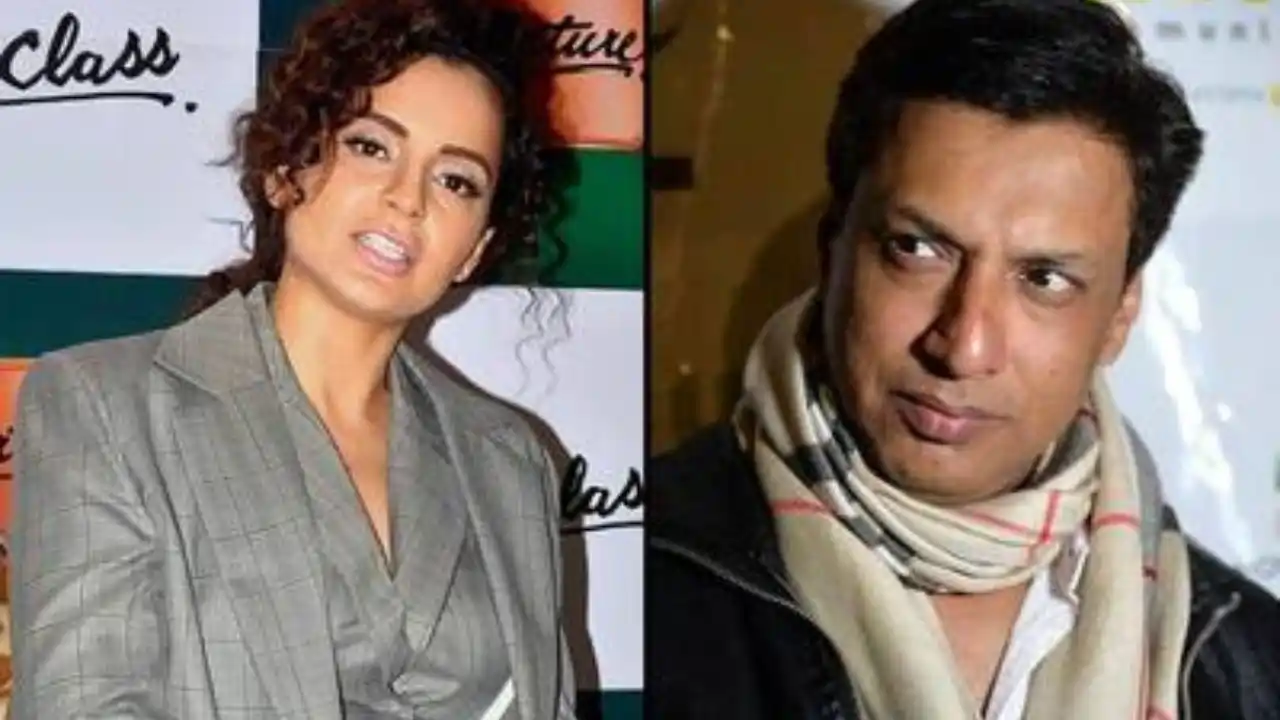
Rahul Dravid, Cheteshwar Pujara and the like: Batting for Indian Test specialist
6 months ago | 5 Views
Kolkata: Meltdowns of the magnitude of Mumbai, Pune and Bengaluru can trigger strange mind games. Could it have been different with Cheteshwar Pujara at No 3? What would have Rahul Dravid done? The future has supposedly arrived but not kicked down the door. And it’s pretty evident Rohit Sharma and Virat Kohli are losing their Test moorings. This still doesn’t seem to be the end of an era, but the unremitting silence since Sunday should act as the preface to a more sensible relook at the Test batting core. A specialist, perhaps?
It wasn’t a bad idea till Pujara was weathering storms in Australia as the rest of the batting rallied around him. Misleading and opportunistic though was the popular narrative catching up with Pujara in the last phase of his career, slamming his batting as archaic and unsuited to Test cricket. Pujara and Ajinkya Rahane—another unassuming fighter—were quietly phased out at the onset of home seasons. Briefer was the stay of Hanuma Vihari, without whom India couldn’t have drawn the Sydney Test that preceded the miracle at Gabba. And with them ended the practice of putting up a stone-walled resistance when everything else fails.
Which was an expected but unprecedented reaction because Indian cricket has always been guilty of nurturing the impulse of replacing greats with batters with identical skills and temperament, someone more or less in the same mould. Sachin Tendulkar reminded of Sunil Gavaskar, Sehwag’s cover drive had shades of Sachin and Pujara’s defence was said to be as iron-willed as Dravid’s even though they were all very different and unique batters.
But with Indian cricket moving into the fast lane, the idea of retaining a Test specialist in the Dravid/Pujara mould started to become untenable because it was viewed as pulling down the overall batting with its ‘slow’ strike rate. Nothing could be farther from it if you check Pujara’s conversion rate (13 out of 19 Test hundreds) in India’s wins.
“The real issue is the thinking where again the short boundaries and big bats mean that batters, after playing three or four dot balls, think they can change the momentum by going for a big shot,” Gavaskar wrote in his column in Sportstar after the Mumbai defeat. “Test cricket requires some patience, especially on pitches where the bowlers are getting some assistance, but not many modern batters believe in that. That’s why Pujaras and Rahanes have no place in the Indian team’s plans. Pujara wore down the Australian attack, as did Rahane, and so the stroke-makers could take advantage of a tired attack and flog it and make up for a slow but watchful start. That kind of thinking is not there.”
It goes without saying that other teams have understood and navigated the Test specialist option better than India. The core with which England have taken upon themselves to recalibrate Test cricket’s bar is almost entirely format specific. Ben Stokes prioritises Test cricket over other formats, as do Joe Root and opener Zak Crawley while spinner Jack Leach and Ollie Pope—England’s No 3—are only picked for Tests. South Africa have Temba Bavuma who leans towards that role apart from leading the Test team, Pakistan have Shan Masood and West Indies have Kraigg Brathwaite. All reinforce the idea that a one-format specialist is a logical solution to keeping up with the rigours of Test cricket when the calendar is creaking under the weight of franchise leagues.
For India too, this could be a good time to revisit the idea, considering Kohli and Sharma are unlikely to extend their careers beyond this World Test Championship cycle. The batting core—comprising Yashasvi Jaiswal, Shubman Gill and Rishabh Pant—otherwise is still pretty young, and the T20I setup looks settled with Suryakumar Yadav, Hardik Pandya and Sanju Samson forming an exciting nucleus. Ideally, focus should be on ensuring that these two cores shouldn’t overlap in the coming years. Keeping that in mind, isn’t it possible to further buttress the Test core with a middle-order rock, someone measured yet aggressive, doughty yet imperious?
KL Rahul could have fit the bill but so frequently has his batting position been flirted with across all formats that it has probably pushed him too far. One year from now could be a different proposition though. Pick Gill for the role if he doesn’t open with Jaiswal eventually? Or maybe go for someone new but format-hardened?
Without Kohli and Sharma, ideally going with six specialist batters and five bowlers, quietly hoping but not overtly relying on some of the bowlers to bat like Ravindra Jadeja and Ravichandran Ashwin, there could arise a genuine need of a Test specialist batter. And how India address it could go a long way in influencing the future of Test cricket.
HOW DID YOU LIKE THIS ARTICLE? CHOOSE YOUR EMOTICON !
#




















